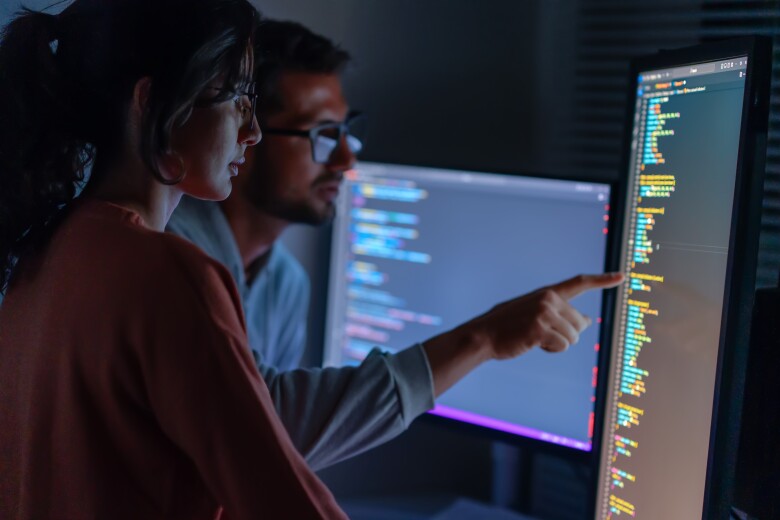Back in early March, before the full extent of COVID-19 was known in the U.S., I was in the grocery store checkout line, backed up to the endcap, chatting with a fellow customer. When the virus came up during our conversation, he looked over at the Campbell’s Soup display and began pouring can after can into his cart. “Better safe than sorry,” he said with a grin. Looking back now, it was an eerie preview of the “stockpiling” mentality that many Americans would soon adopt, and one of the critical factors putting the global supply chain to the ultimate test as the effects of COVID-19 continue to spread.
The severity and scale of the COVID-19 pandemic is unprecedented for those involved in the supply chain. During previous large-scale disruptions such as natural disasters, companies usually found ways to quickly shift routes, sources and production to minimize consumer impact due to the localized nature of such events. But with COVID-19, the industry is experiencing a major, widespread upheaval and a dramatic shift in demand for certain products like toilet paper and Personal Protective Equipment (PPEs), and decreases in currently less essential items such as automobiles.
While at the moment supply chain organizations are focused on providing the nation with critical products, what are some of the lessons the market will learn to help address current and future supply chain volatility?
Importance of agility and data management
Shifting consumer habits, disrupted transportation, extreme and unexpected fluctuations in supply and demand, and shuttered factories and stores are all factors that have created the perfect storm for the supply chain, exposing areas of weakness and risk within its networks.
The pandemic has exposed how little end-to-end visibility manufacturers, suppliers, and transportation and logistics companies have. It’s bringing disjointed and manual processes to light. And it’s negatively impacting organizational agility. In short, COVID-19 is leaving them in short-term crisis mode, forcing them to fix more immediate problems and re-establish the most critical supply chain connections – while neglecting the long-term vision for the time being.
In turbulent situations such as these, organizations must be more agile and efficient than ever, with the appropriate infrastructure in place to be able to react and adapt at a moment’s notice.
Implementing an effective data management strategy has also never been more critical, enabling organizations to make intelligent decisions based on real-time, healthy, and reliable data. Filling these white spaces created by data silos in support of business processes helps address the immediate disruption the supply chain faces by bringing end-to-end visibility that allows suppliers to avoid things like stock outs, while also creating a better foundation for higher efficiency. This is especially vital when it comes to optimizing the multi-channel side of the supply chain, where insight into what’s being sold is critical to efficiently manage inventory levels and sourcing activity.
The role of a Chief Digital Officer
In many cases, supply chain organizations were already well on their digital transformation (DX) journey. However, these strategies are taking on new urgency in the wake of COVID-19, making the importance of a dedicated expert such as a chief digital officer (CDO) critical to the organization’s success. As opposed to a CIO who historically is more operationally focused, a CDO tends to be more concentrated on strategically leveraging existing information and data for new opportunities. As experts in breaking down information silos, creating an enterprise governance framework, and ensuring data is harmonized and optimized to accelerate business processes and critical insights, a CDO brings experience in ensuring accurate and consistent information across the extended enterprise, which is a key aspect at the core of any successful DX journey.
Looking ahead
Despite the current hardships the supply chain faces, the hope is that the industry will come out the other side stronger than ever, with a better handle on their digital activities from data acquisition to enterprise consumption, to enhanced processes and decision making. While COVID-19 exposes weaknesses in the supply chain, it highlights new opportunities that emphasize the importance of having healthy data initiatives and the right infrastructure in place to weather the immediate crisis and create more flexible and resilient supply chains moving forward.
For now, as we grocery shop, we’ll continue to pass overflowing cartons of produce and empty shelves of cleaning supplies, leaving the supply chain sifting through data to better understand the drastic shift in consumer buying habits.




































